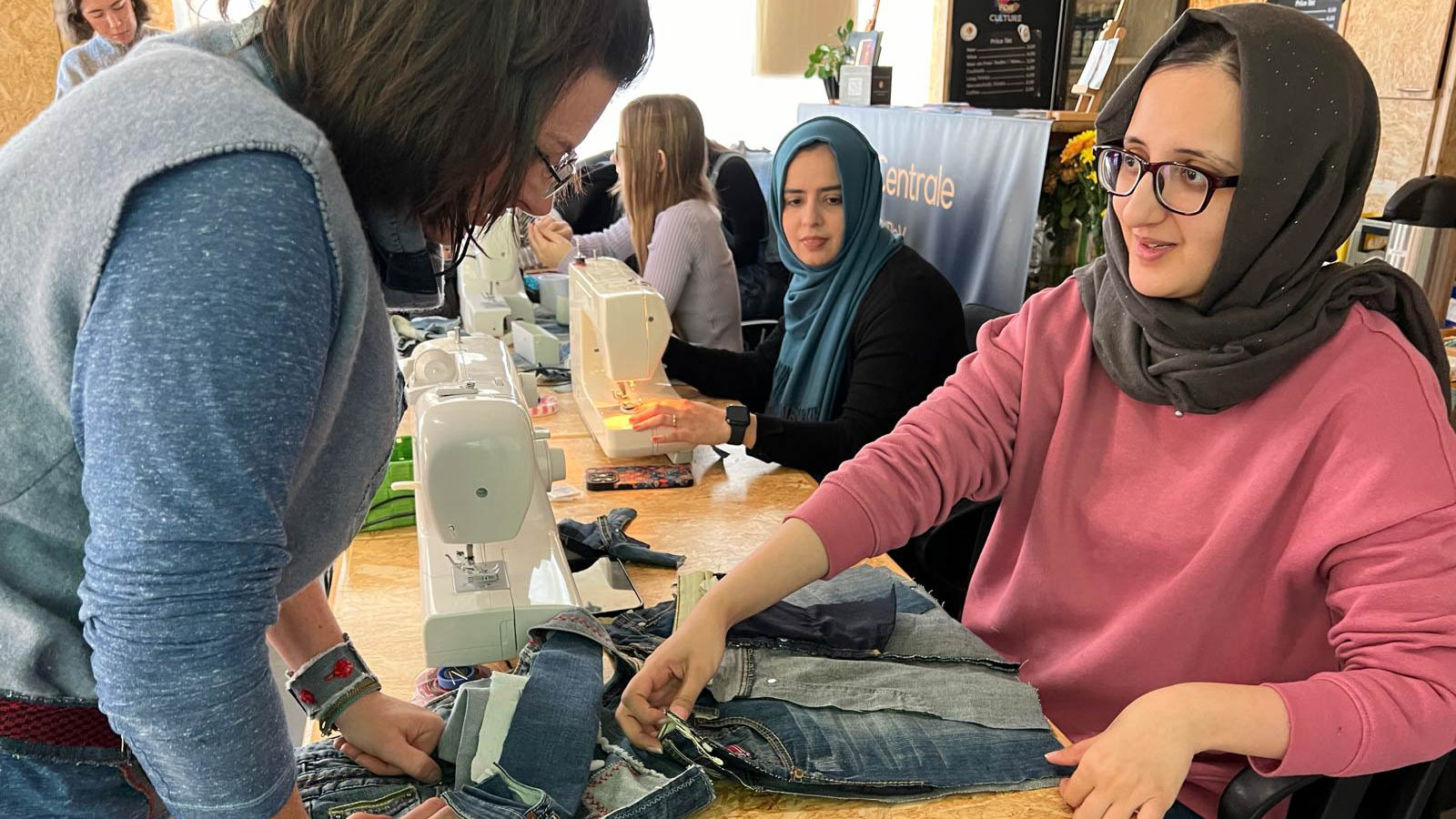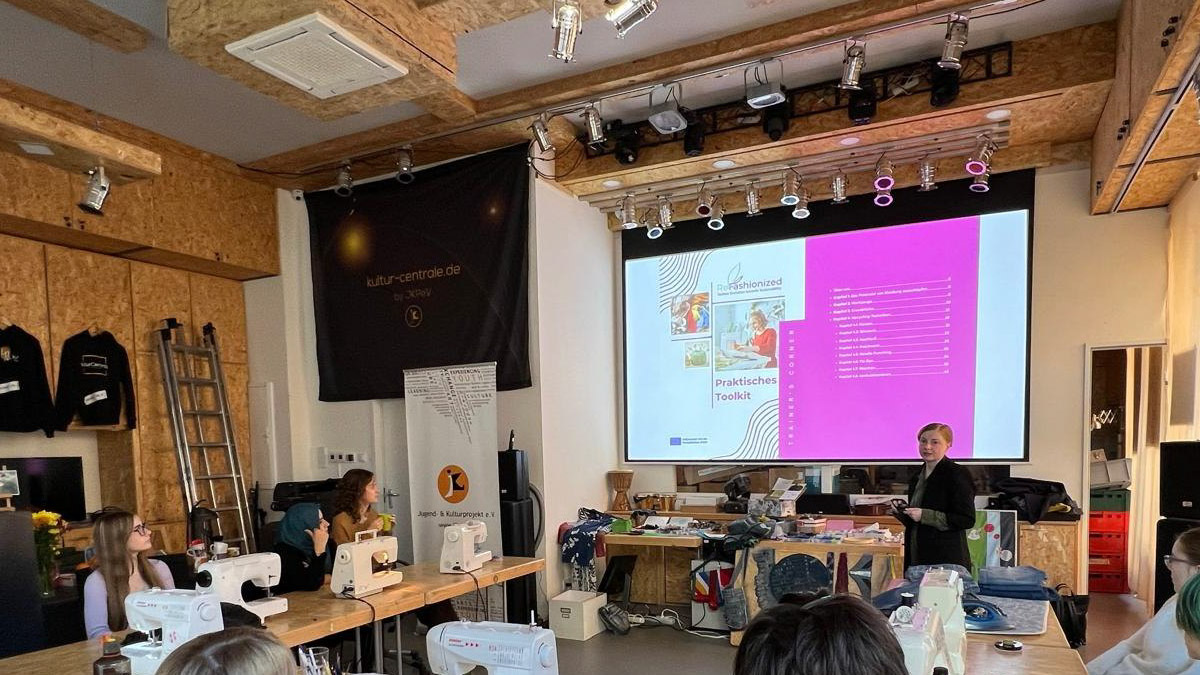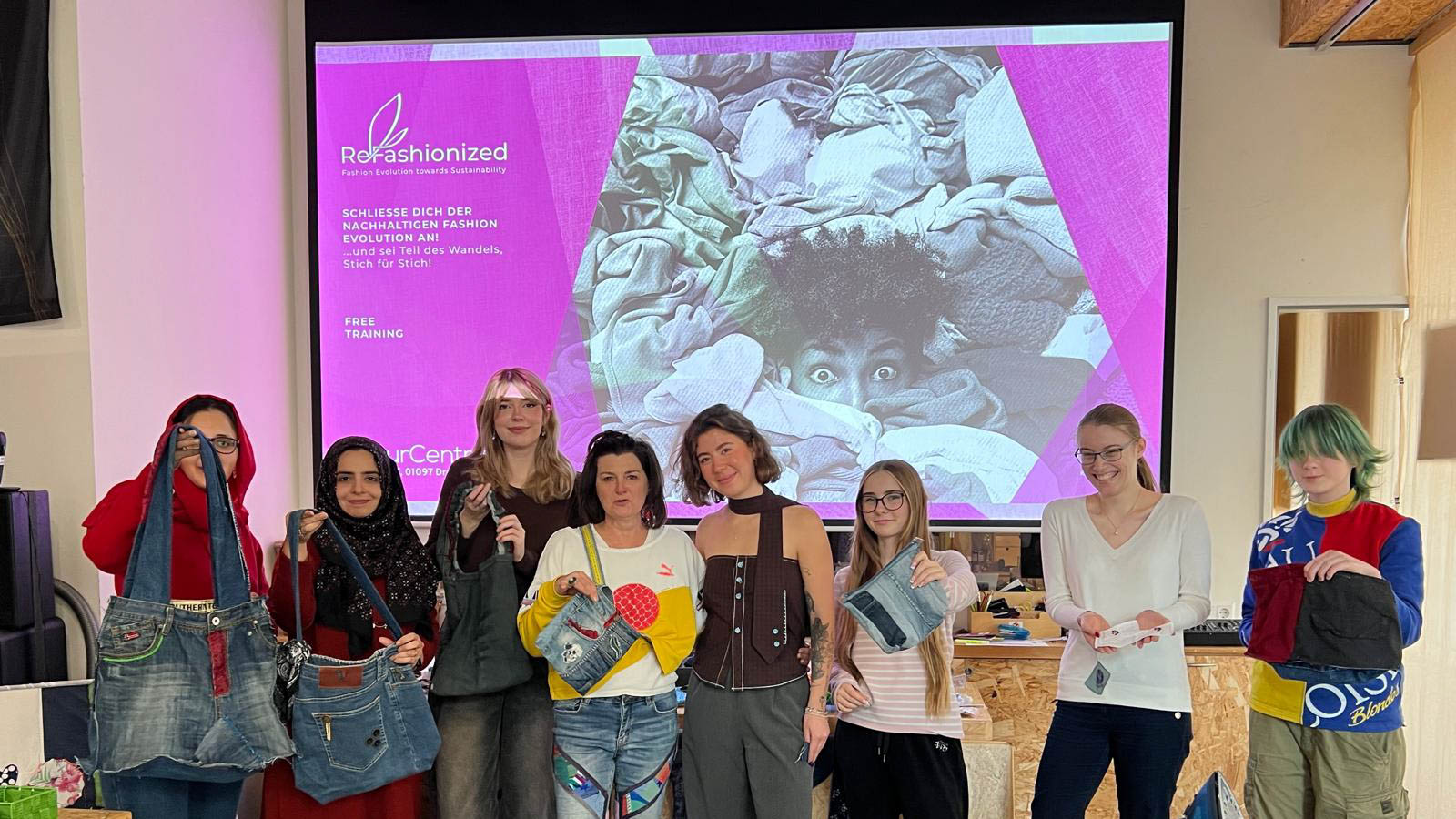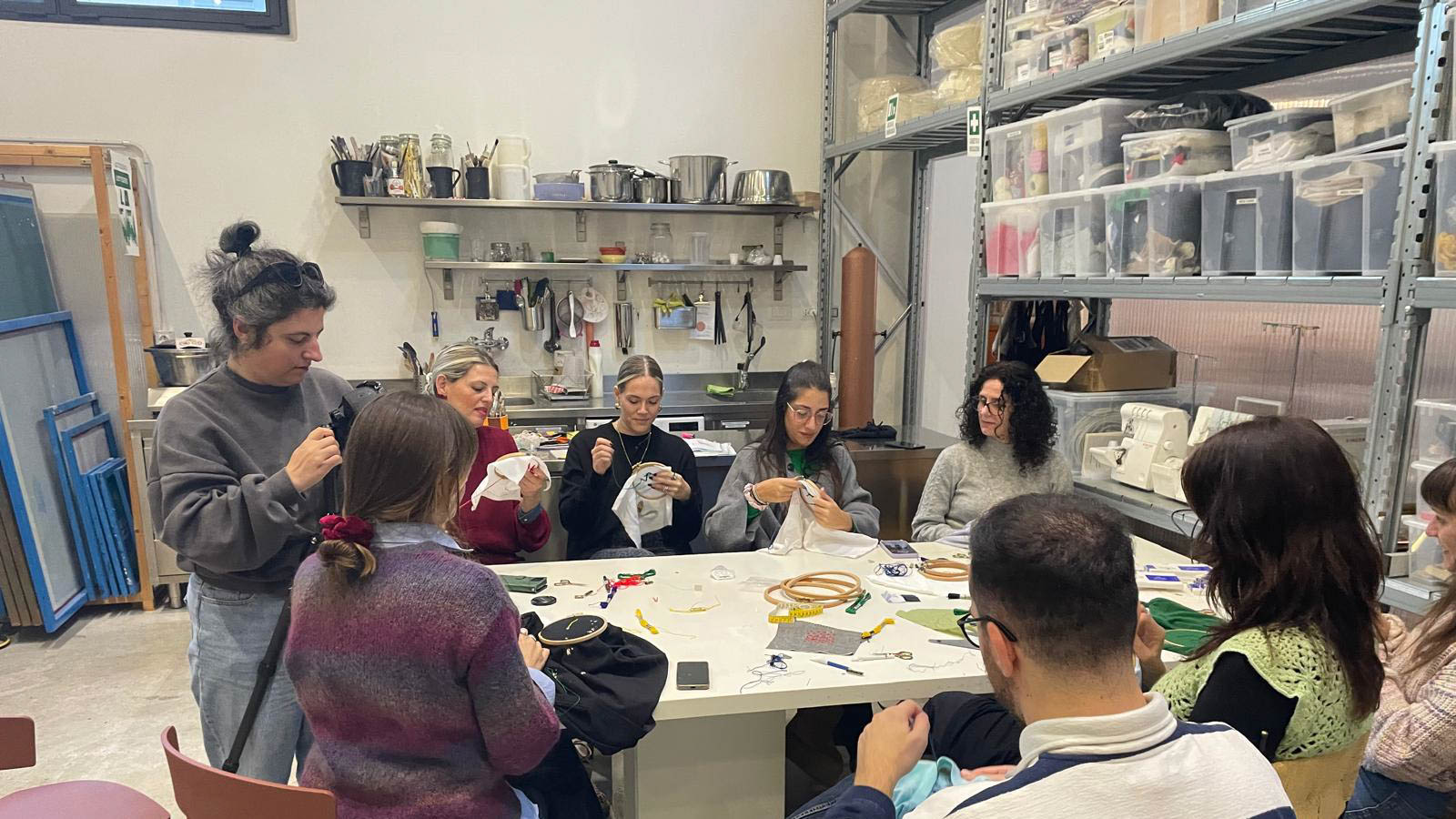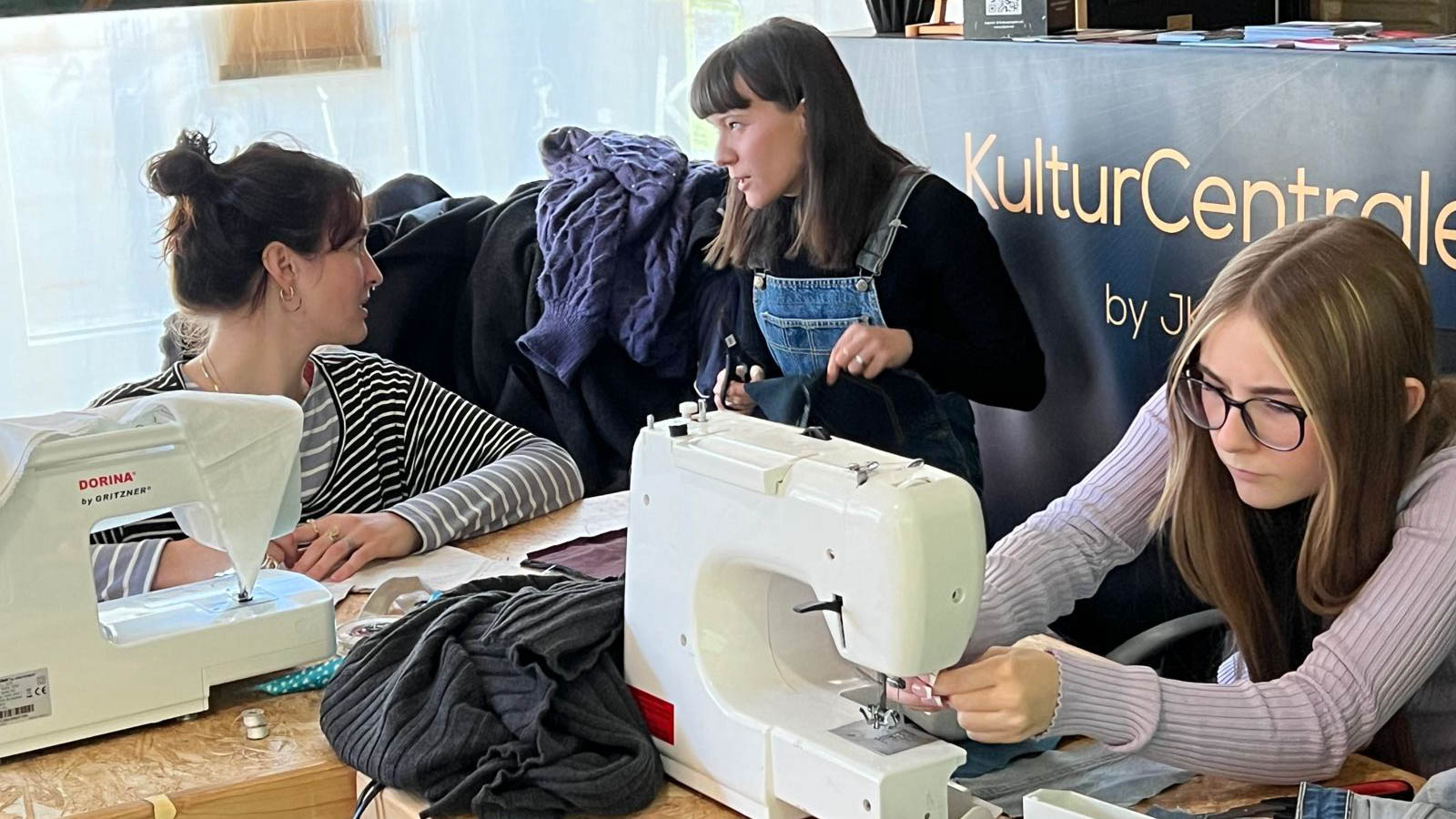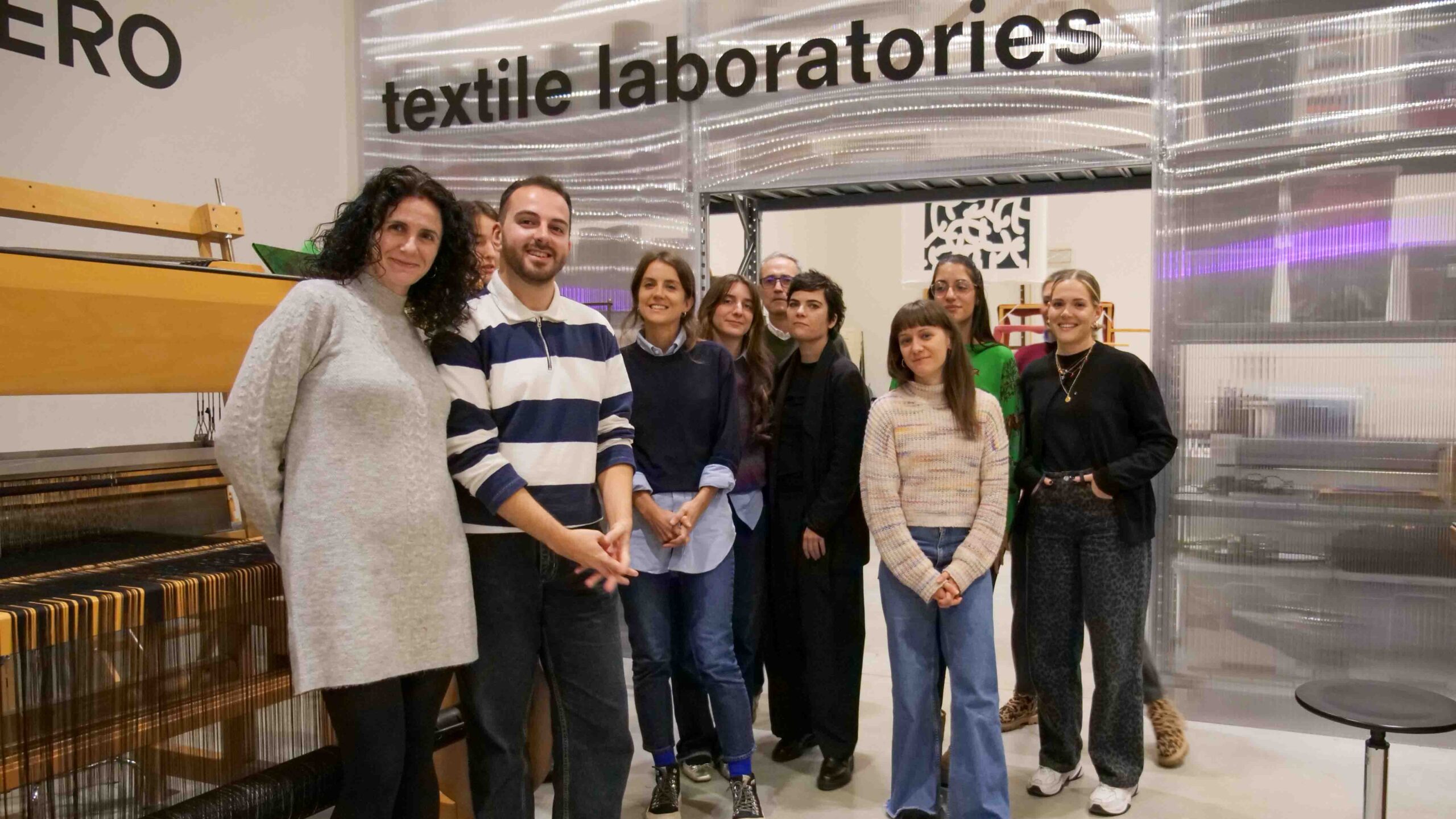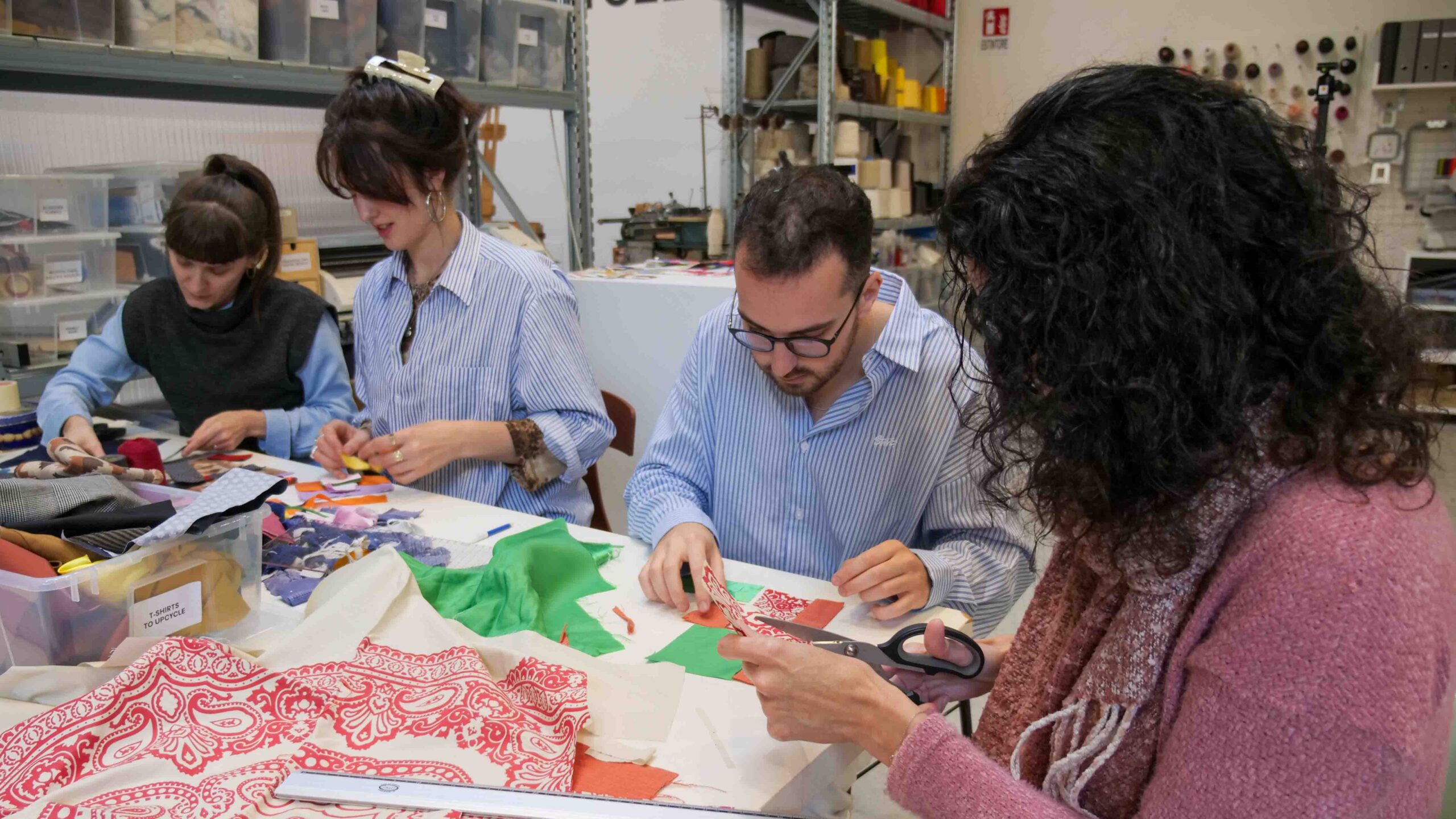Refashionized [2023 – 2025]
About This Project
Refashionized
Fashion Evolution towards Sustainability

2022-2-DE04-KA220-YOU-000101981
Duration: June 2023 – May 2025 (24 months)
Through fashion, we can communicate who we are and express our style and taste. For young people, especially teenagers, fashion is primarily a social statement. It is a means of expression towards their peers and society but besides that, it is also a tool for creativity, imagination, and exploration (Vänskä, 2022). Fashion mirrors the directions and developments of a society and its role is to introduce new attitudes and beliefs into society by the rapid transmission of ideas or trends and their assimilation by the whole. Although fashion has brought about positive changes on many different levels, it has at the same time many negative consequences. Fashion is a $2.4 trillion global industry – it is also the second largest polluting industry after aviation and is responsible for 10% of global pollution, according to a 2021 study by Aalto University in Finland leaving a fairly damaging environmental footprint on our planet (Niinimäki et al., 2020).
The fast fashion industry has managed to take the lead in consumer choice offering consumers a sense of high aesthetics at low cost, with millions of consumers shopping daily at well-known chains. But how many people wonder how it is possible to produce clothes so cheaply in mass quantities? The fast fashion industry and its respective factories have found a way but at a heavy social and environmental cost. To manufacture clothes, the fast fashion industry exports its production activity abroad, to countries with cheap labour, avoiding the somewhat higher, minimum wages that many developed governments apply. In many cases, minors are among the workers, who are often employed for little to no money. According to many researchers, the working conditions in fast fashion factories violate human rights, bordering on exploitation and slavery.
In recent years, it seems that things are changing, as sustainability is a concept that corresponds to every aspect of our daily lives and has well and truly invaded our lives. Sustainable fashion calls on designers and clothing companies to reshape the way they produce their clothes, ensuring better conditions for their workers and choosing sustainable materials and ways of making clothes, while at the same time motivating us ourselves to adopt a more responsible attitude when it comes to buying our clothes and the way we use them in general.
Since environmental protection and preservation have become a priority in the European Union, and fashion is popular among young people all over Europe, Jugend- & Kulturprojekt e.V. from Dresden-Germany in cooperation with the Catwalk Project from Thessaloniki-Greece, KAINOTOMIA from Larissa, Lottozero from Prato-Italy, the Technical University of Valencia, Spain, and Cellock from Nicosia-Cyprus conceived the project “Refashionized – Fashion Evolution towards Sustainability” to shape young people’s attitudes and behaviour towards sustainable fashion consumption patterns, stimulating their creativity, entrepreneurial mindset, resourcefulness, and proactiveness, and promoting European values and history through learning about the history of fashion in the 20th century and its evolution in the 21st century.
The Project includes the following outputs:
The Trainer’s Corner: addresses educators youth workers and trainers by providing a comprehensive range of training resources for educators on fashion history and sustainable fashion, explaining how fashion has impacted our society, the global economy, and the environment as well as how politics, society, economy, technology, and the environment affected fashion. More precisely, it will include the following:
- The History of Fashion Booklet consists of 10 units covering the main eras of fashion history with a focus on the 20th century up till now. It will contain PowerPoint Presentations, lesson plans with activities, quizzes, references, additional learning resources, and a methodology guide for youth workers, trainers, and educators.
- The Sustainable Fashion Booklet consists of 5 units and its focus is on the environmental impact of the fashion industry today, and what protective measures are being taken currently and should be taken in the future. It will include PowerPoint Presentations, lesson plans with activities, a glossary on sustainable fashion, references, a methodology guide, and 5 best practices/success stories about the sustainable fashion industry worldwide.
The Learner’s Corner is primarily designed for young people who wish to improve their skills and broaden their knowledge on fashion history and sustainable fashion. It will include the following:
- An interactive online course tailored to the needs of learners aged 16+, focused on the main eras of fashion history and its impact on society, human rights, the global economy, and the environment, explaining thoroughly what the ecological footprint of fast fashion is, what conservation measures are currently being implemented, how we can all contribute to the sustainable future of fashion, and what career opportunities are offered by the sustainable fashion industry.
- The Sustainable Fashion Glossary: an interactive tool that can enhance the knowledge of learners in fashion sustainability with guidance on the most pertinent terms surrounding sustainability in fashion: its cultures, materials, production, buying habits, and care practices.
- How to Upcycle – Videos: 10 short how-to videos providing easy examples of how to upcycle used fabrics and used clothes and turn them into new pieces of clothing or accessories.
- “How to Create Your Own Portfolio” Guidebook: will provide young people with easy guidelines on how to design, develop, and present their fashion portfolio.
- The Sustainable Fashion Game: through gamification techniques, which immerse the user in an online game, showing them the reward to the environment and to the player. The game will have multiple levels, and fact-checked questions on various aspects of sustainability including, design, production, sourcing, waste, dyeing, and basically on every aspect of fashion making and wearing.
Through pilot actions and workshops based on non-formal education, peer learning, digital media, practical sessions, discussions, study visits, and evaluation meetings on the topics of fashion history and sustainable fashion in Dresden, Larissa, Prato, Thessaloniki, and Valencia, the project aims to encourage our target groups to practice their skills so that they become social innovators, and bring a social impact on their local communities and transferring their knowledge and skills to their peers, colleagues and fellow citizens.
Partners:
Jugend- & Kulturprojekt e.V. (Germany) – Coordinator
The Catwalk Project (Greece)
KAINOTOMIA (Greece)
Lottozero (Italy)
Polytechnic University of Valencia – UPV (Spain)
Cellock (Cyprus)
The project is co-financed by the European Commission through the Erasmus+ Programme








